If you’re a teacher or a parent searching for educational resources, it can be easy to get overwhelmed by the sheer amount of information on the internet. While it’s great that there’s so much help out there, not all resources are accurate, good quality or aligned with the UK National Curriculum. This is where the innovative Pearson Primary Interactive Library comes in.
The Primary Interactive Library from Pearson is full of easy-to-use, interactive and engaging resources to use in school, covering Reception to Year 6 age children. Pearson are a world-leading education company, so you can trust the resources to be high quality and know they are suitable for the classroom. Pearson are continually updating the content to align with current educational standards, which means students are only exposed to relevant and up-to-date information.
The library contains over 5000 resources linked to the English National Curriculum covering Literacy, Maths, Science, History and Geography. The resources include quizzes, games and maps, as well as interactive information presentations.
The user-friendly interface is simple but effective, with a great search function, so it’s easy and fast to find the resources you need. Users also can search by topic and year group which makes filtering through the huge amount of content very simple.
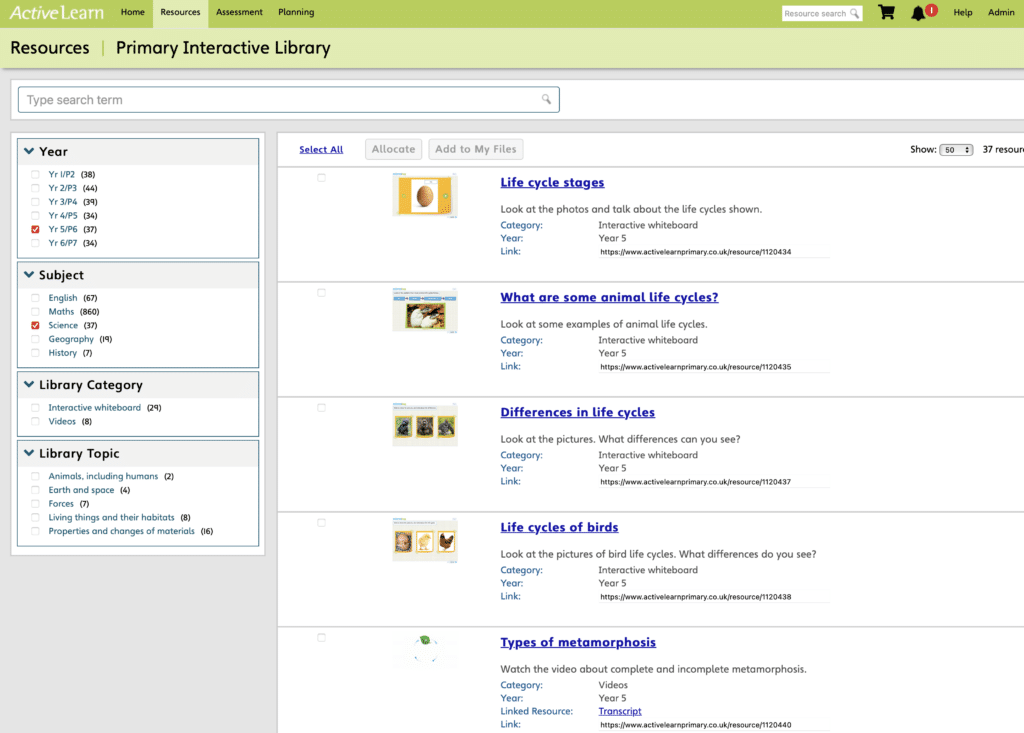
Once users have chosen the year group and subject, they can filter further depending on what type of resources they are searching for. For science, there are options for Interactive whiteboard resources and videos. For maths, as you can see below, there are lots more great options in the Library Category for the type of resources. The digital games are especially good and integrate learning into gameplay brilliantly well, giving students a balance of playing and learning at the same time.
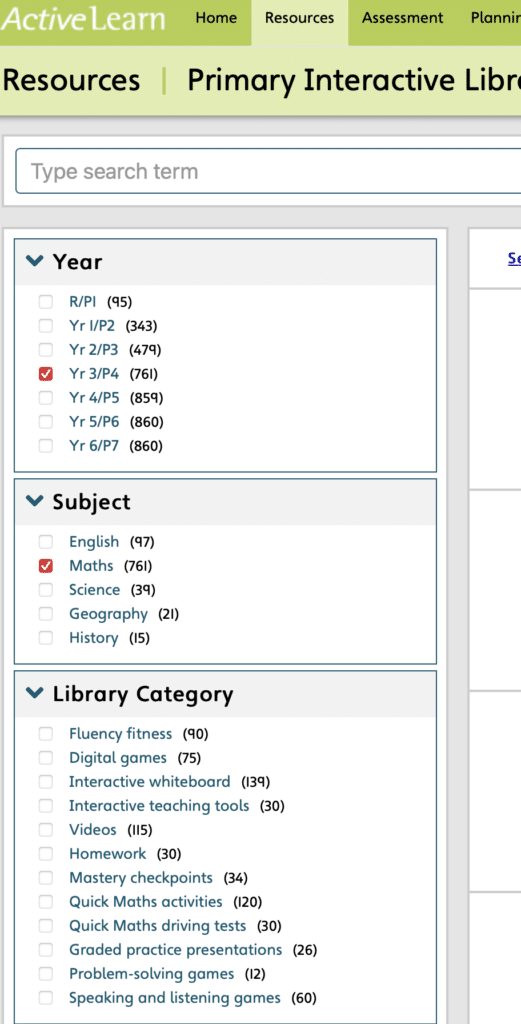
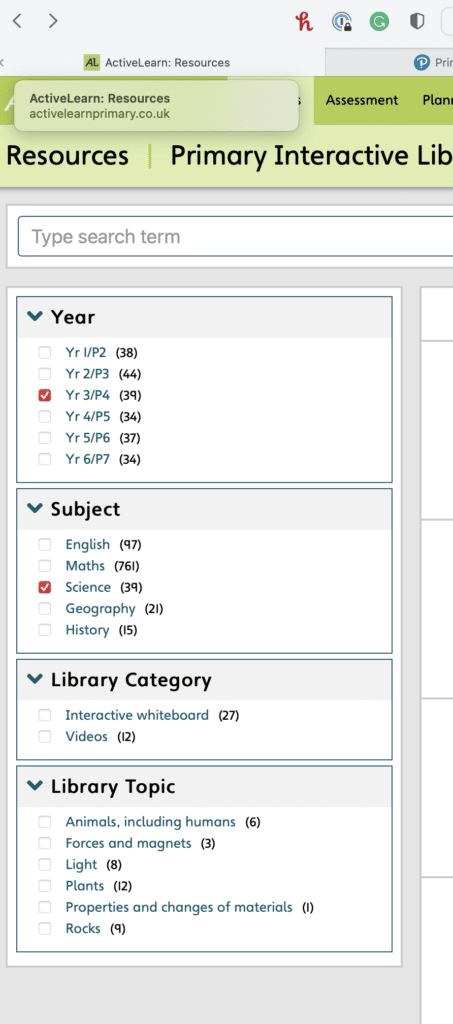
The Pearson Interactive Library is easy enough for even young children to navigate themselves in the classroom for independent work, or specific activities can be set as homework.
How does the Interactive Library support teachers?
Teachers can:
- Track progress
- Identify problem areas using quizzes and then find resources to support further learning.
- Set homework
- Use the resources as topic starters and to reinforce learning
- Find lesson plans, teacher guides and planning support
The resources can be used for homework as well as in class, and it’s easy to allocate tasks to pupils from within the website. Pupils are allocated their own login from which they an see the tasks assigned to them.
I can see that the Interactive Library could be a huge timesaver and great support for teachers, whatever the age and ability of the children they teach.
What does the Interactive Library offer for science?
The science resources are impressive, with 177 interactive activities from Science Bug and 51 videos explaining difficult scientific concepts in an easily understandable way. I especially enjoyed the resources where the slides led to activity ideas, like making circuits or creating new menu items to learn about physical and chemical changes.
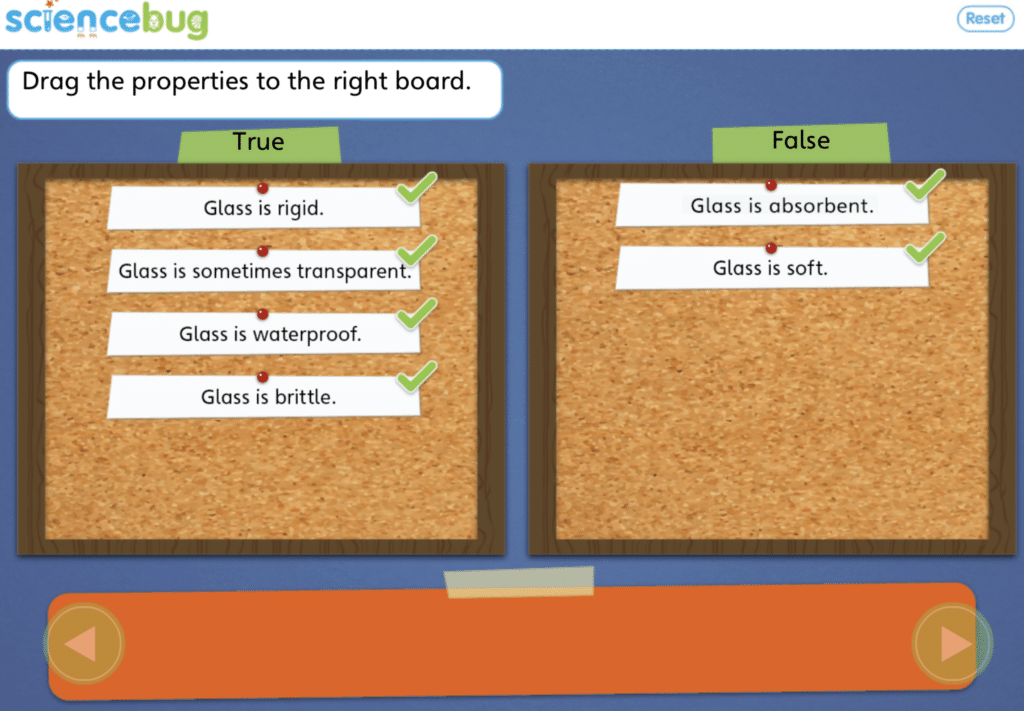
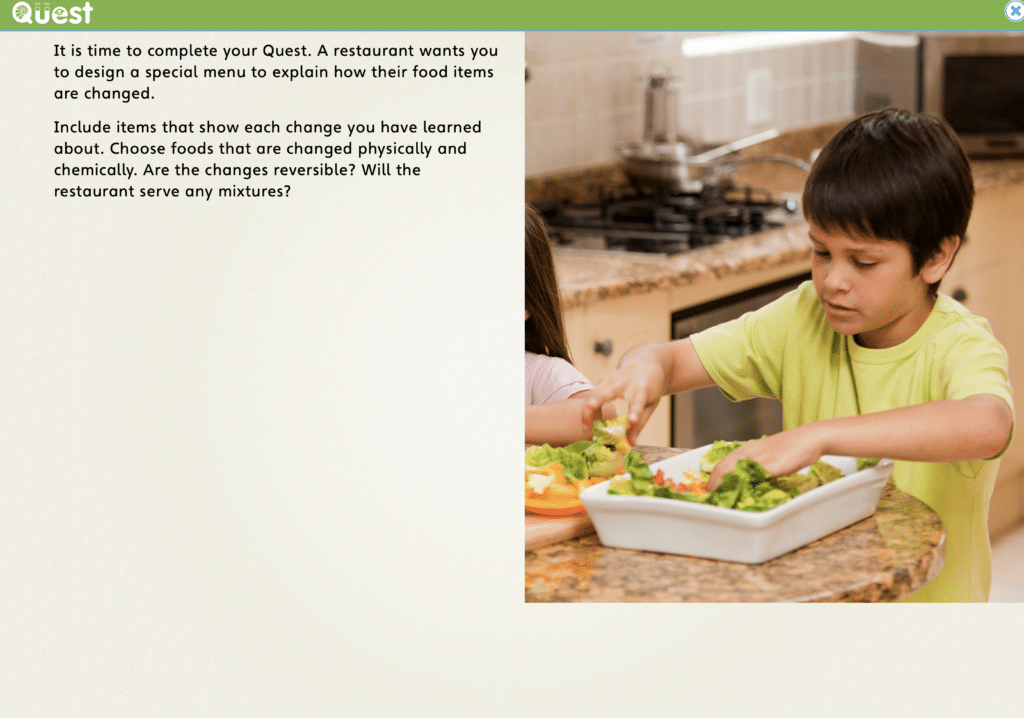
Overall, I am really impressed with the Interactive Library. The volume, quality and variation in resources is impressive, and I love how easy the search function makes it easy to find exactly what you need. Imagery and illustrations are simple but brightly coloured and visually appealing. It’s a great way to add an extra interactive dynamic to classroom learning. My only complaint is that some of the activities are quite short, but still good for an introduction or recap of a topic or concept.
Post created in collaboration with Pearson
Last Updated on September 21, 2023 by Emma Vanstone

Leave a Reply